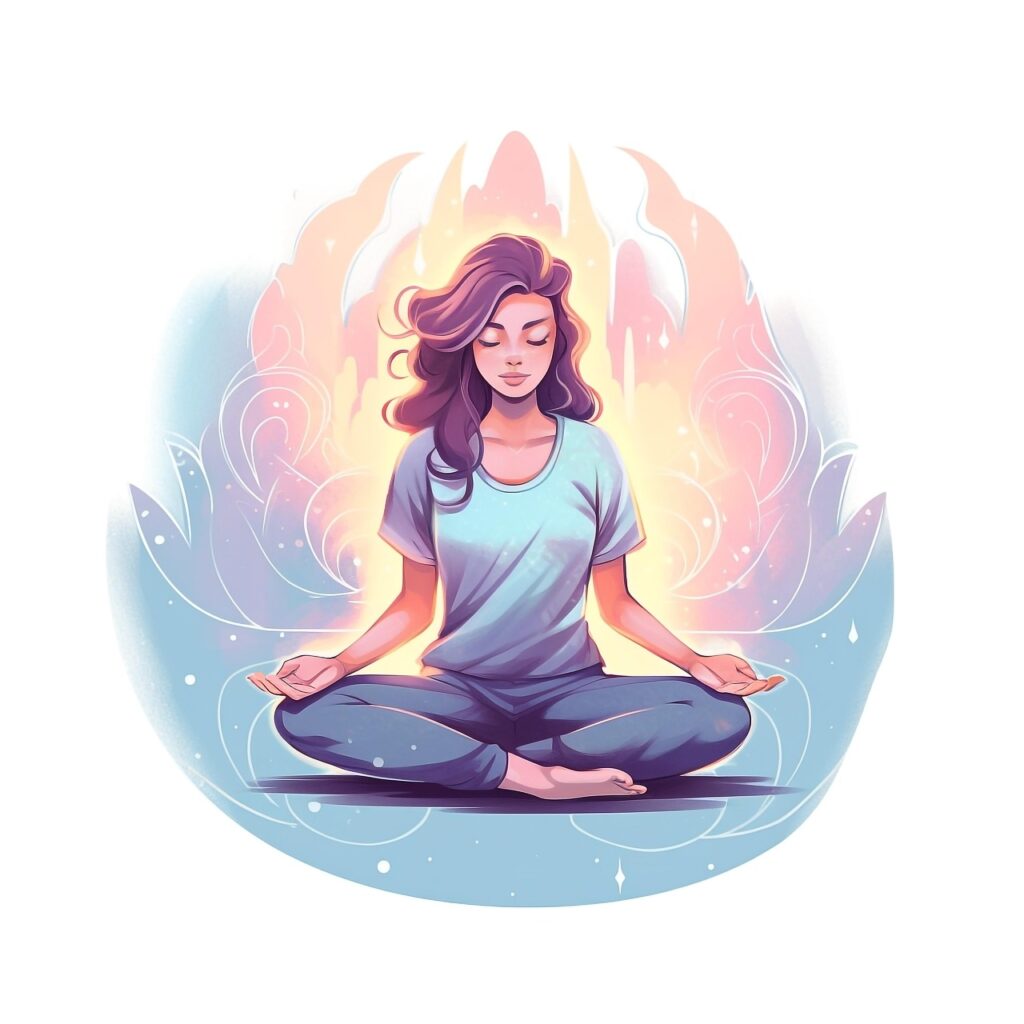The Disciplines of Yoga

The second “limb” of the eight limbs of yoga are referred to as the Niyamas, individual disciplines that relate to our personal behaviors and attitudes in life. While the Yamas are universal principles that apply across time, place, and position in society, the Niyamas apply to our practices as individuals. Who we are, where we live, culture demands, and our own disposition might affect how we practice our Niyamas.
Saucha, or cleanliness, refers to the condition of our body, mind, emotions, and intellect. Dust or grime on any of these layers contribute to our inability to “see” our inner Self clearly. We can look back to the foundational element of the Yamas, LOVE, to help support this first aspect of our individual disciplines. Any impurity can be said to be cleared or burned or washed away by the power of love. When we love ourselves, we will more likely take care of every aspect of our being. The food we eat, the input of sights and sounds, the people we surround ourselves with, all contribute to the cleanliness of our spirit.
If dirt and grime are cleared, distractions and aggravations that can cause discontent are less. Santosha is the cultivation of a state of mind that is at ease and tranquil in the face of all things. Of course, it’s easier said than done since much of the world and life is out of our individual control. But, what is in our control is our own reactions. If we experience differences amongst others and allow our thoughts to be disturbed by attachment to opinion and our own “right”, then there will be no contentment. A yogi relies on the previous limb of yoga, the yamas, to help maintain a state of mind that can respond through love and truth. Contentment is not stoicism or false and surface happiness. It is a connection to an internal peace that is unwavering even in the midst of dispute or disagreement.
This is why we need tapas, the third Niyama, in our disciplined practice of yoga. Tapas is a “burning effort under all circumstances to achieve a definite goal in life”. We have to constantly and consistently look within our own actions and reactions to stay on the task of yoga. With the fire of tapas, we build self control, selfless desire, and courage through pain or pleasure, and virtue or vice.
The burning effort of tapas keeps us coming back to our practice over and over again, whether it be responding to a family quarrel or the daily news, attempting a new pose in a weekly class, daily stepping onto our mat for personal practice, or a moment by moment reflection on our Divine internal Self.
The fourth niyama is svadhyaya, “education of the self”. Svadhyaya requires a curiosity and openness to all the circumstances and events of our life. That study of life’s occurrences, along with reading any individual scriptures, supports discovery of the meaning of our existence in the world. We all carry our own individual dharma (purpose) in this life and it is up to us to discover it. “The person practicing svadhyaya reads his own book of life, at the same time that he writes and revises it.”
The last Niyama, Isvara pranidhana, means the dedication and surrender of all actions in life to the higher power of our chosen faith. When we realize our place in the world is just a small part of the whole of Creation, we will be hard pressed to feel high and mighty or to get needlessly attached to our own desires and belongings. Inevitably overwhelmed with some of life’s obstacles and challenges, we can always find some solace in humble surrender to the creative power greater than ourself. That surrender connects us back to our own Divine spark that supports our focus back onto our practice and life duties.
The first two aspects of yoga – theYamas and Niyamas – set a strong foundation for our approach to all the other limbs of practice. Traditionally, it could be said that if we are not practicing any one of the Yamas or Niyamas, then we cannot be practicing yoga. As we continue to read The Introduction in Light on Yoga on the more familiar aspects of our yoga practice, physical posture and breath regulation, it is important to continue to bring effort to and reflect upon these first two limbs.